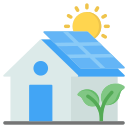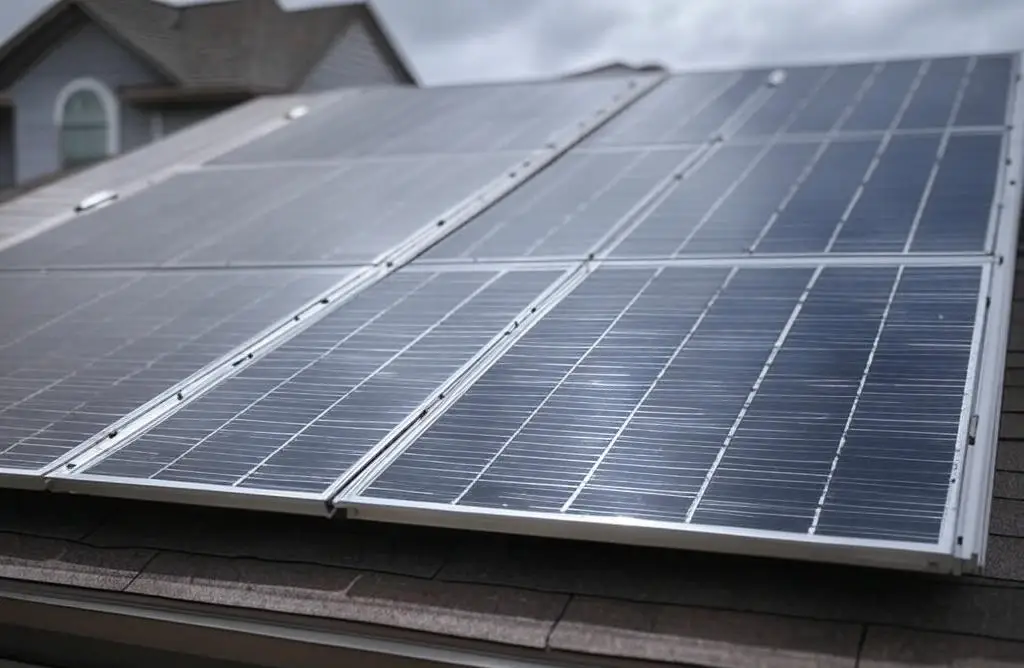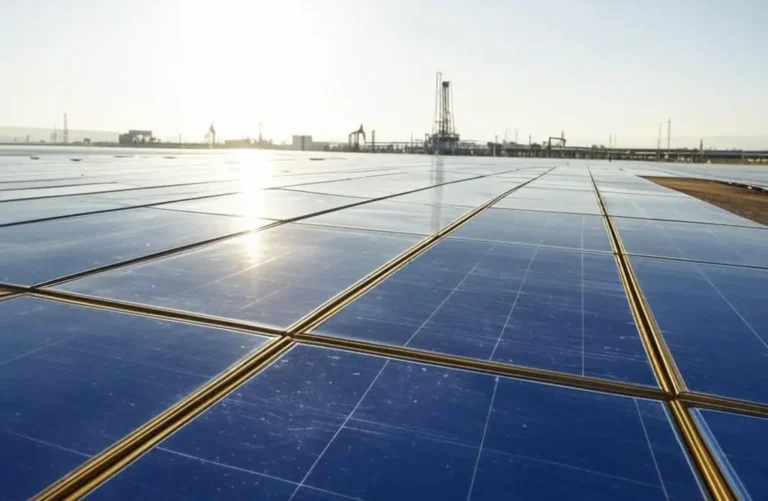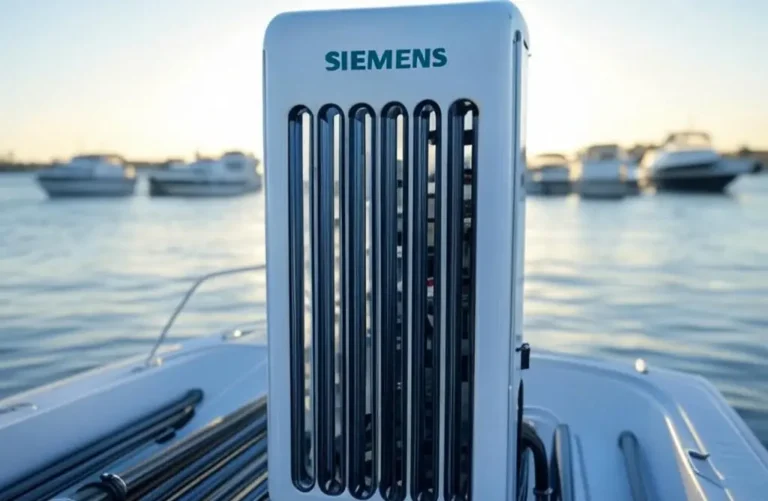Solar-Powered Emergency Backup Systems: Ensuring Resilience with Siemens Solar
In an era where power outages can disrupt lives and businesses, solar-powered emergency backup systems have emerged as a reliable solution to ensure resilience. Siemens Solar, a leader in photovoltaic (PV) technology, offers innovative backup systems that harness the sun’s energy to provide uninterrupted power during emergencies. These systems integrate solar panels, battery storage, and smart inverters to deliver a seamless transition when traditional power sources fail. Whether it’s for homes, businesses, or critical infrastructure, solar backup systems are transforming how we prepare for and respond to power disruptions. This article explores the technology, benefits, applications, and real-world impact of Siemens Solar’s emergency backup solutions, providing a comprehensive guide to their role in modern energy resilience.
The Growing Need for Emergency Backup Systems
Power outages are becoming more frequent and severe due to aging grid infrastructure, extreme weather events, and increasing demand for electricity. According to the U.S. Energy Information Administration, the average American household experienced over 7 hours of power interruptions in 2022, with some regions facing outages lasting days. Businesses, hospitals, and emergency services are particularly vulnerable, as downtime can lead to significant financial losses or even life-threatening situations. Traditional backup solutions like diesel generators are noisy, polluting, and reliant on fuel supplies that may not be available during prolonged crises.
Solar-powered emergency backup systems address these challenges by offering a clean, sustainable alternative. By combining PV panels with battery storage, these systems store energy during sunny periods and release it when needed, ensuring power availability without the drawbacks of fossil fuel-based solutions. Siemens Solar has taken this technology to the next level with advanced designs that prioritize efficiency, durability, and ease of use.
Why Solar Backup Systems Are Essential
The advantages of solar-powered backup systems are numerous and compelling:
- Reliability: Provides power during outages, regardless of grid status.
- Sustainability: Reduces reliance on fossil fuels and cuts greenhouse gas emissions.
- Cost-Effectiveness: Lowers long-term energy costs by leveraging free solar energy.
- Scalability: Can be tailored to small homes or large facilities.
- Quiet Operation: Unlike generators, solar systems operate silently.
How Siemens Solar Backup Systems Work
Siemens Solar’s emergency backup systems are engineered to deliver dependable power in any situation. The core components include high-efficiency PV panels, lithium-ion battery storage, an intelligent inverter, and a monitoring system. Here’s a detailed breakdown of how they function:
System Components
Each element plays a critical role in ensuring uninterrupted power:
| Component | Function | Siemens Solar Advantage |
|---|---|---|
| Solar Panels | Convert sunlight into electricity | High-efficiency cells with up to 22% conversion rate |
| Battery Storage | Stores excess energy for later use | Long-lasting lithium-ion batteries with 10+ year lifespan |
| Inverter | Converts DC to AC power | Smart technology for seamless switching |
| Monitoring System | Tracks performance and alerts users | Real-time data via mobile app |
During normal operation, the solar panels generate electricity that powers the building or facility, with any excess stored in the batteries. When an outage occurs, the system automatically switches to battery power, ensuring a continuous supply without manual intervention. The inverter’s smart technology detects grid failures instantly, providing a transition time of less than 10 milliseconds—faster than most people can notice.
Applications of Solar Backup Systems
Siemens Solar’s backup systems are versatile, serving a wide range of needs across residential, commercial, and institutional settings. Here are some key applications:
Residential Use
For homeowners, solar backup systems ensure essential appliances like refrigerators, lights, and medical devices remain operational during outages. A typical 5 kW system with a 10 kWh battery can power a home’s critical loads for 12-24 hours, depending on usage. In regions prone to hurricanes or wildfires, such as Florida or California, these systems offer peace of mind and safety.
Commercial Facilities
Businesses rely on continuous power to maintain operations, protect data, and serve customers. Siemens Solar has equipped retail stores, offices, and small factories with backup systems that keep lights, computers, and HVAC systems running. For example, a grocery chain in Texas installed a 50 kW system with 100 kWh of storage, saving thousands in spoiled inventory during a 2021 winter storm.
Critical Infrastructure
Hospitals, emergency shelters, and telecom facilities require uninterrupted power to function during crises. Siemens Solar’s systems have been deployed in healthcare settings to keep life-saving equipment online. A hospital in Puerto Rico, hit hard by Hurricane Maria in 2017, now uses a Siemens Solar backup system to ensure 24/7 operation, even when the grid fails.
Benefits of Choosing Siemens Solar
Siemens Solar stands out in the market due to its commitment to quality, innovation, and customer support. Here’s why our backup systems are a top choice:
- Advanced Technology: Our panels and batteries use the latest advancements for maximum efficiency.
- Durability: Designed to withstand extreme weather, from storms to heatwaves.
- Customizability: Systems can be scaled to meet specific energy needs.
- Expert Support: From design to installation, our team provides comprehensive assistance.
Real-World Impact: Case Studies
Siemens Solar’s backup systems have proven their value in diverse scenarios. Here are three examples:
Case Study 1: Florida Homeowner
After Hurricane Irma left a Florida family without power for five days, they installed a Siemens Solar 8 kW system with 20 kWh of battery storage. During Hurricane Ian in 2022, the system kept their home powered for 36 hours, running essentials like air conditioning and a water pump. “It was a lifesaver,” the homeowner said. “We didn’t have to worry about losing food or comfort.”
Case Study 2: Texas Grocery Store
A grocery store in Houston faced a multi-day outage during a 2021 freeze. Post-event, they installed a 50 kW Siemens Solar system with 100 kWh of storage. When another storm hit in 2023, the store stayed open, avoiding $50,000 in losses. The manager noted, “Our customers relied on us, and solar made that possible.”
Case Study 3: Puerto Rican Hospital
Post-Hurricane Maria, a rural hospital in Puerto Rico struggled with unreliable power. Siemens Solar installed a 200 kW system with 500 kWh of storage, ensuring critical care units remained operational during subsequent outages. “We saved lives because of this system,” a doctor reported.
Technical Specifications
Siemens Solar’s backup systems are built for performance and longevity. Key specs include:
- Power Output: Ranges from 5 kW to 500 kW, depending on the system size.
- Battery Capacity: 10 kWh to 1 MWh, with scalable options.
- Efficiency: Panels achieve up to 22% efficiency.
- Durability: Rated for wind speeds up to 150 mph and temperatures from -40°F to 140°F.
- Warranty: 25 years for panels, 10 years for batteries.
These specifications ensure that the systems can handle diverse conditions and provide reliable power over decades.
Installation and Maintenance
Installing a Siemens Solar backup system is straightforward with our expert support. The process begins with a site assessment to determine energy needs and optimal panel placement. Our certified installers then set up the system, typically in 1-3 days for residential setups and up to a week for larger installations. Maintenance is minimal—panels require occasional cleaning, and batteries are monitored via our app for proactive care.
Installation Steps
- Assessment: Evaluate energy usage and site conditions.
- Design: Create a custom system layout.
- Installation: Mount panels, connect batteries, and test the system.
- Support: Provide ongoing monitoring and maintenance.
Cost and Financing Options
While the upfront cost of a solar backup system varies (e.g., $15,000-$30,000 for a typical home system), the long-term savings are substantial. Siemens Solar offers financing options like low-interest loans and lease-to-own plans, plus assistance with government incentives such as the U.S. federal solar tax credit, which covers 30% of costs through 2032.
Future of Solar Backup Systems
The demand for solar backup systems is growing as climate events intensify and grid reliability declines. Siemens Solar is investing in next-generation technologies, such as AI-driven energy management and hybrid systems integrating wind or hydrogen power. These advancements will make backup systems even more efficient and versatile.
Conclusion: Powering Resilience with Siemens Solar
Solar-powered emergency backup systems are more than a convenience—they’re a necessity in today’s unpredictable world. Siemens Solar’s solutions offer a reliable, sustainable way to stay powered during outages, protecting homes, businesses, and communities. Visit our website to explore our systems, calculate savings, and schedule a consultation. With Siemens Solar, you’re not just preparing for emergencies—you’re building a resilient future.




